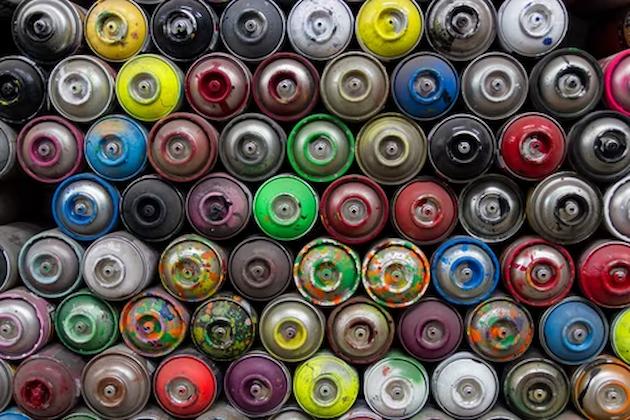
Do you know what is aerosol cans? The aerosol can is a self-contained dispensing system where a substance is stored inside a small metal canister and pushed out as a fine mist, spray, or foam. Some essential components make up this mini system, which together ensures consistent product delivery. Let’s have a closer look.
How Do Aerosol Cans work?
That can primarily contain propellant. In the past, CFCs were frequently used as propellants in aerosol cans. Nowadays, most aerosol cans use propellants that do less harm to the atmosphere’s natural chemical balance, but CFCs are still occasionally used in products like asthma inhalers because they need to be non-reactive in the lungs.
Obviously, propellant makes up the majority of what is in that can. The majority of the liquid propellant is compressed into the can. The propellant’s main function is to release the active component into the atmosphere.
The substance we want to be aerosolized is known as the active ingredient, such as the medication, paint, cleaning agent, or lubricant.
The valve in the can of compressed propellant combined with the active ingredient is moved when you press down on the tiny spray nozzle. It sprays out because there is a small hole in that valve, which provides an immediate pathway for the compressed mixture from the high-pressure contents to the lower-pressure outside atmosphere. You shake the can when you notice that it’s mostly propellant at times.
Before the mixture hits the air, it passes through the valve and hits the spray nozzle, which is situated halfway across the exit path and resembles a small shelf. The Stokes flow is altered by that tiny shelf, which causes turbulence, and the Reynolds number soars into the turbulent regime. The extremely precisely shaped nozzle, which is next in line for contact with the turbulent flow, shapes the aerosol flow in the atmosphere. The average droplet size for paint, for example, might be 5 microns. The air’s viscosity causes the propellant and active ingredient’s velocities to rapidly decrease as soon as they contact it. The magic then happens. The cleaning solution is applied, the medicine is spread, and the paint is sprayed.
The whole thing works up until a point where the pressure inside and outside the can are roughly equal, at which point you throw the whole thing away.
There are many different kinds; for instance, the medical inhaler uses something called a “metered dose,” in which only a small amount of the propellant and active ingredient enters the valve chamber at a time. And what about that harmless spray nozzle made of plastic? To get that spray to function as it should, it is engineered and manufactured at a surprisingly high tolerance.
How Are Spray Bottles Made?
There are several ways to make aerosol cans, but they are typically made of metals that can securely hold pressurized liquids and gases. The majority of commonly used household aerosols are constructed from a thin sheet of steel that has been coated with another material to prevent rusting or reactions with the product or propellant. Tin is commonly used as the coating in traditional construction, and it is frequently applied by electroplating, turning steel into tinplate. To ensure that the can is completely leak-proof, the tinplate is wrapped around a cylinder and joined at the top and bottom. Since plastic (polymer) linings are frequently more affordable and easier to recycle than tin, environmentally friendly cans are being produced in greater quantities. In the production of other cans, a small piece of aluminum is forced through a die, a ring-shaped tool, to form a cylinder from a single piece of metal. Onto the metal can, offset printing is used to apply the product labeling and instructions. Some aerosol “cans” are also made of glass, which is ideal in theory (as it won’t corrode or otherwise interact with the product it contains), but problematic as it can break under high pressure or if it’s knocked or dropped.

Caution and Environmental Hazard
It is risky to use aerosol cans near an open flame because many propellants are flammable. Otherwise, you might unintentionally acquire a flamethrower. Inhalation poses yet another risk: Nitrous oxide is a gas that can be harmful if inhaled in large amounts and is used in some aerosol cans, including whipped cream containers. Visit this website to learn more about the propellants used in aerosol cans.
Up until the 1980s, a lot of liquefied-gas aerosol cans used chlorofluorocarbons (CFCs) as a propellant. After scientists concluded that CFCs were harmful to the ozone layer, 70 nations signed the During the ensuing ten years, CFC use will be phased out under the Montreal Protocol. Today, almost all aerosol cans contain alternative propellants, such as liquefied petroleum gas, which do not pose as serious a threat to the environment.
